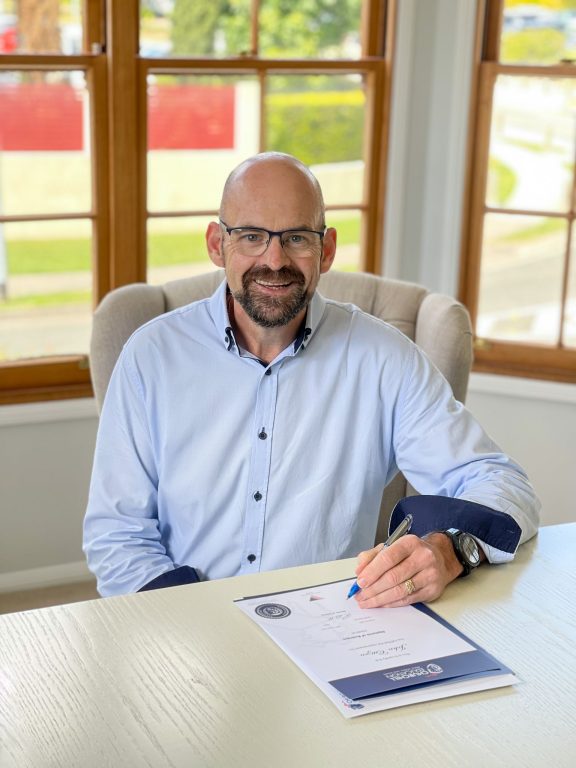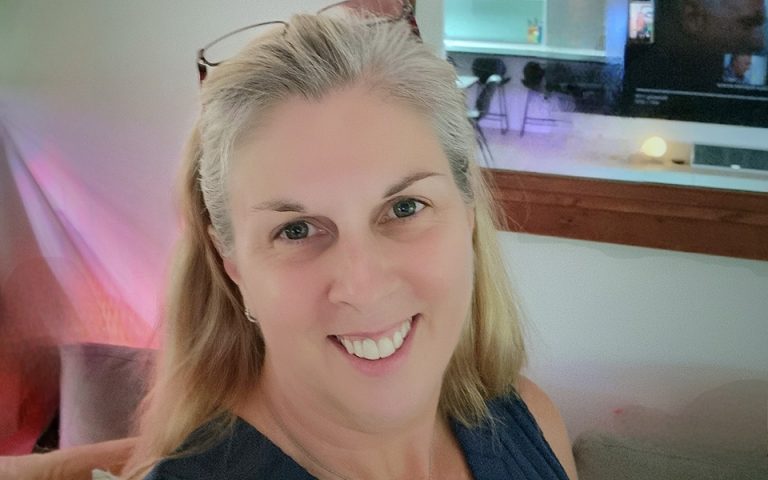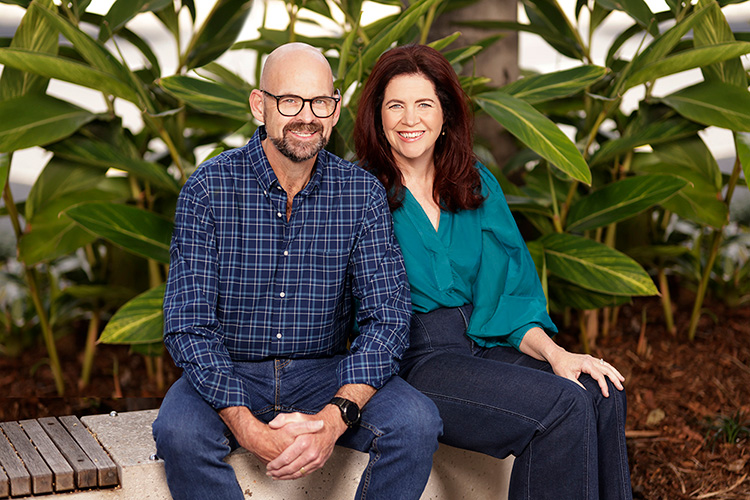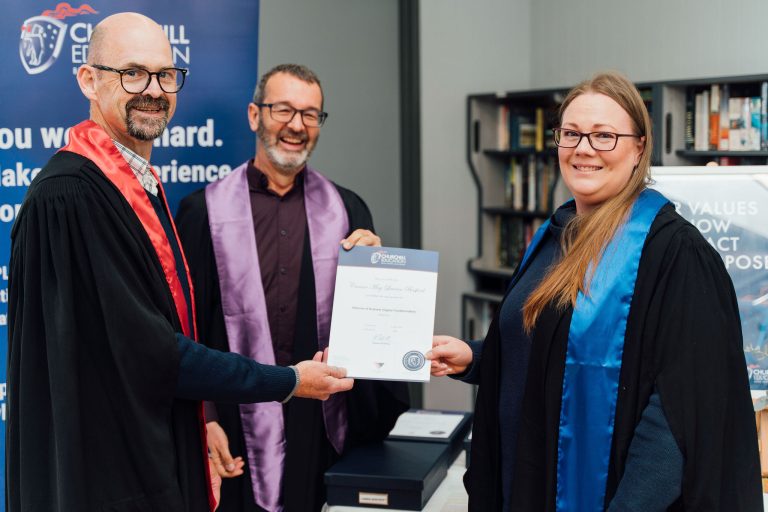Verifying qualifications is a process that helps protect the legitimacy of Australian qualifications. Every week, the team at Churchill take inquiries verifying qualifications. I get a real kick out of confirming and verifying qualifications issued to our students. After all, I started Churchill Education to help people get qualified.

Today, I wanted to share with you why verifying qualifications is an important strategy for Australians to ensure your qualifications hold their integrity.
The fundamentals of reliable qualifications is our bread and butter – making sure that we only issue qualifications to people whose skills, knowledge and experience deserve the qualifications. And we do this using the regulated, audit proof systems put in place by the national regulator.
The second strategy for ensuring qualifications are worth their weight is found in a process called verifying qualifications.
The process for verifying qualifications kicks off by someone, not the qualification holder, reaching out to us to ask us to verify the qualification.
This means that they are asking Churchill to confirm that a qualification was issued by us to a person; in a nutshell, that qualifications presented to them are legitimate.
It could be that someone has applied for a new position and as part of the recruitment process, qualifications must be verified.
Then sometimes, it is part of an internal HR audit ticking off personnel records for existing staff that have qualifications nominated on their records but not had to be produced previously. In some instances, those qualifications on resumes have been taken at face value and been instrumental in being awarded the position from a compliance viewpoint.
Other calls come from Educational Institutions – Universities giving entrance to their programs based on these qualifications, or Registered Training Organisations looking to grant credit transfers.
For the most part, these calls are a straightforward process.
We reach out and obtain the consent of the Alumni, verifying that the qualifications were in fact issued by Churchill Education. Everyone goes away happy.
But sometimes, these calls end very differently.
Over my 15+ years of helping people get qualified, we have had a number of inquiries that showed that people had been less than honest about claiming to hold qualifications allegedly issued by Churchill.
This year, we have had to confirm that Churchill Education did not issue qualifications to someone on several occasions. It seems that in this age of increasing compliance, more and more organisations are spending time verifying qualifications.
Verifying qualifications has revealed a variety of circumstances behind people’s false claims of graduation:
- People may have used our Free Qualification Appraisal service to identify which qualifications were a fit for their experience and then gone right ahead and written these qualifications down on their resumes as either underway or completed with us …. When in fact, this is simply not true.
- Other people have got hold of someone else’s legitimate Churchill Education qualification and used it to create their own qualification.
- Extending their cut and paste skills, some people have downloaded their authenticated Vocational Education and Training transcript from the Australian government which records legitimate qualification records issued since 2015 – and then dummied up some ‘bonus’ qualifications to add to the print out. The transcript has been provided to their prospective or current employer or an educational provider who has taken the next step of verifying the entries.
- Registration applications for a professional membership have required qualifications to be endorsed and the details on the application required verification.
Then when we get the call to verify qualifications (either their enrolment in a course or claims of graduation from a qualification), we have to say “No, not us, not now, not ever.” We don’t even have to call the ‘student’ to give this information because no confidentiality applies when someone was never enrolled with us as a student.
You can imagine how our honest response to the request for verifying qualifications is that these records are not legitimate goes down with prospective employers, current employers or other educational institutions.
Integrity alarm bells start going off when it is a false entry on a resume. Job opportunities vanish.
In the last month, the verification process resulted in someone who recorded those non-existent qualifications from Churchill in the job application process, got the job and now is facing termination.
But when it is a deliberate forgery, making up a Unique Student Identifier transcript or dummying up a qualification, that is a whole other matter.
They say old habits die hard.
And when I strike these sorts of situations, my old habits as a Detective Sergeant kick back in.
I dig back into our records and locate the true qualification records or the qualification that was copied to create a forgery. We have a number of ways to protect the integrity of our qualifications, as required by our Regulator.
In some instances, there are criminal prosecutions happening as a result of these fraudulent qualifications. People are getting banned from industry associations required to work in a role.
In other circumstances, universities are cancelling enrolments.
It makes sense, really. Our Alumni take on roles of responsibility. For example, imagine being on a mining site with someone who didn’t hold the Paramedic qualifications or authorisations but was treating people and accessing restricted drugs?
So, what is my recommendation when it comes to ensuring you always withstand the scrutiny of verifying qualifications?
Firstly, only record qualifications you have completed.
Play a straight bat.
Only record qualifications on your records such as your resume, LinkedIn profile, HR records or other applications that you have completed.
A preliminary assessment result from Churchill Education does not mean you are qualified.
Only that official piece of paper will ever make you qualified.
It may take seconds to add a qualification to your resume that you never earned, but it can come at a long term impact and cost a high price to your career.
Secondly, use official records to help you keep your facts straight.
Sometimes memories can get our dates muddled.
Your Unique Student Identifier (USI) means that Vocational Education qualifications issued after 1 January 2015 are held in one academic transcript by the Australian Government. This is a good reference point for checking off your education history and ensuring your records are accurate.
Through your USI you can access your authenticated VET transcript. This transcript is a collation of your training (since 1 January 2015) into a single record. With this record, you can prove your qualifications to employers, potential employers and other bodies; or even demonstrate prerequisites and assumed knowledge for further training.
Thirdly, if you need a copy of your qualifications, ask us.
We keep a record of every Alumni’s qualifications.
And unlike other Registered Training Organisations, we will reissue them to you without charge if you misplace them.
We supply a digital copy too to help you – also without charge.
If you have been wondering what your experience is really worth and you believe a qualification can help you in your career or future studies, please reach out to the Churchill Education team – call us on 1300 793 002 or reach us through our website.
Find out what you’re eligible for
We’re here to help.
In the meantime, stay safe and take care.
Randall Smith








